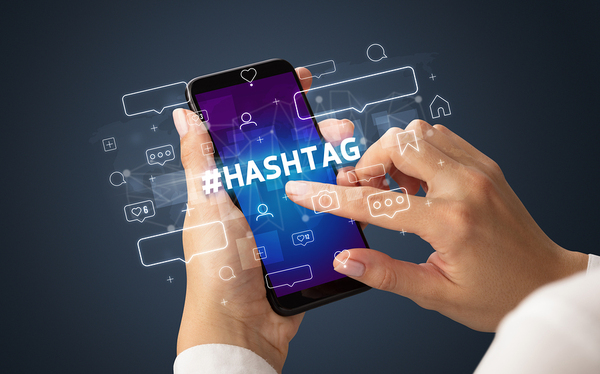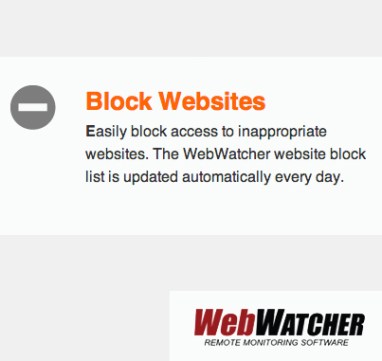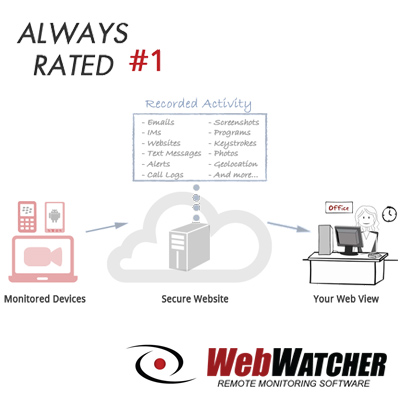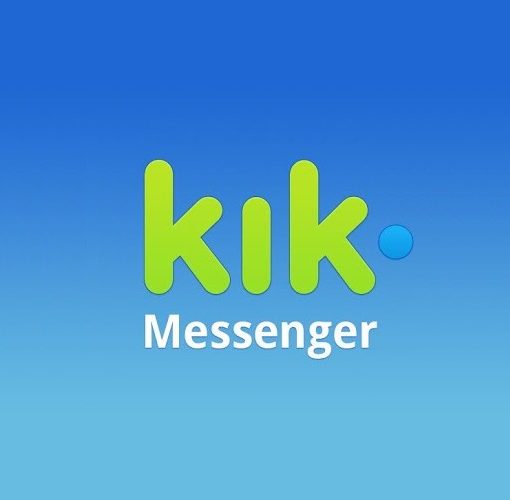Teenagers have always had their own takes on language. It’s not at all unusual for adults to be confused by the slang that the younger generation uses, and this can sometimes lead to humorous misunderstandings. However, in other cases, adults who don’t quite understand what the kids today are saying when they speak miss out on clues that could alert them that a teen is in trouble.
And teens know this – it’s common for teens to deliberately communicate with each other in ways designed to hide what they’re really saying from parents or other adults who might be listening.
While teenage slang isn’t anything new, the internet has changed some things about the way that teens use it. Hashtags are a good example of this. Hashtag terms are words, phrases, or abbreviations preceded by the pound sign (#). You see them often on social media sites like Instagram and Twitter. Users add hashtags to their posts or captions, and this allows other users to easily locate people who are interested in whatever term is indicated by the hashtag.
Some hashtags have obvious meanings – for example, when you see #Oscars, you know that the people using that hashtag are talking about the awards ceremony. Others, however, are ambiguous or are even meant to be deliberately confusing for those who are not in the know. And teenagers can use them in order to discuss topics that they don’t want adults to know that they’re talking about. Take a look at some of the hashtags with hidden meanings that you need to know about.
Eating Disorder Hashtags
Healthy people understand eating disorders to be illnesses with both mental and physical impacts on the sufferer that require medical intervention. But online, there are communities that promote and even encourage disordered eating. Pro-eating disorder groups online go back to at least the early 2000s, and social media has only made it easier to form these communities.
There are a number of hashtags used in pro-eating disorder communities, many of which may look harmless to those who aren’t aware of their true meaning. For example, the hashtags #ana and #mia stand for anorexia and bulimia, respectively. And it can be difficult to tell the user’s intention from just the hashtag alone.
People who suffer from anorexia or bulimia may use them to form communities where they support each other in positive and healthy ways. Or they may form communities where they share tips for losing weight, restricting food, exercising excessively, and hiding evidence of their eating disorder from medical professionals or loved ones. Communities that promote disordered eating may also use hashtags like #proana or #promia, which makes their intentions clearer, at least to those who understand the hashtags.
The hashtag #thinspiration (and related tags like #thinspo or #thinsp) may also sound innocuous at first. Losing weight and getting thinner are common goals often held by people who don’t have a diagnosable eating disorder, and it’s easy to assume that these tags are used by healthy people looking for or sharing inspiration to meet healthy weight loss goals. And some people do use those hashtags that way.
But in pro-eating disorder communities, the same hashtags are used to share pictures of dangerously underweight individuals or spread unhealthy and harmful messages to community members. There are also spinoff hashtags like #meanspo – a tag used to “inspire” weight loss with messages that are deliberately cruel, like referring to others in the community as fat, disgusting, lazy, or gross, and calling them names like pigs, dogs, slobs, and so on.
The idea is that being insulted and called names will somehow help inspire the recipients of the message to eat less, exercise more, purge more, or double down on other unhealthy methods of weight loss. There is also #sweetspo, which is a similar concept but relies on using kind words to inspire unhealthy behavior, instead of cruel words.
Parents need to be aware that if their teen is using or reading these hashtags or some variation of them, it’s very possible that their teen either has an eating disorder, or, at a minimum, is absorbing some very harmful messages about weight, health, and body images.
Self-Harm Hashtags
Like eating disorders, self-harming or suicidal ideation can be a problem for teenagers, and sometimes online, communities form around these concepts in unhealthy ways. A teenager who is struggling with self-harm or suicidal thoughts may use these hashtags to find support, and the people they find may genuinely want to provide helpful support, but that doesn’t mean that spending a lot of time with these hashtags is going to be healthy for your teen.
On the contrary, in groups that share pictures or graphic descriptions of self-harm or suicidal impulses, some teens might be triggered to act further on these impulses, and may even learn strategies to better hide or camouflage evidence of self-harm. Teens who are struggling with the impulse to harm themselves or to commit suicide really need the help of a therapist or medical professional, not random people online.
Some of the hashtags related to self-harm or suicide include #sue (for suicide) #deb (for depression) and #cuts (for cutting or self-harm). You may also see the hashtag #svv, which stands for the German phrase “selbstverletzendes verhalten” which refers to voluntary self-injurious behavior, or #secretsociety123, which denotes a community for people who engage in non-suicidal self-harm.
Drug Use Hashtags

Slang words and phrases for drug use can change rapidly for obvious reasons. In the case of drug use, slang is not only meant to prevent parents from understanding what their teens are talking about, but also to throw off law enforcement. Talking openly about the sale or use of illegal or controlled substances in any venue, including the internet, carries with it the risk of investigation and arrest as well as parental disapproval or punishment.
Hashtags like #420 or #crow refer to marijuana, while #molly refers to MDMA or ecstasy. Teens may use #pre-ing to refer to pre-drinking (drinking alcohol before a party or other event) and tags like #wired, #wavey, or #merked to refer to being high or drunk. The use of hashtags like these suggests that the teen using them may be drinking or experimenting with drugs.
Using or following a hashtag doesn’t necessarily mean that your teen is struggling with disordered eating, considering self-harm or suicide, or using drugs. But engaging with these hashtags is, if nothing else, a surefire indication that your teen is seeing some dangerous, destructive, or unhealthy messages, and that you need to have a conversation with them about the content they’re consuming and why they’re looking it.
Webwatcher can help you keep track of what your teens are seeing and saying online so that you can be on the lookout for warning signs. To find out more about how Webwatcher can help you protect your teenager, get our risk free trial.





